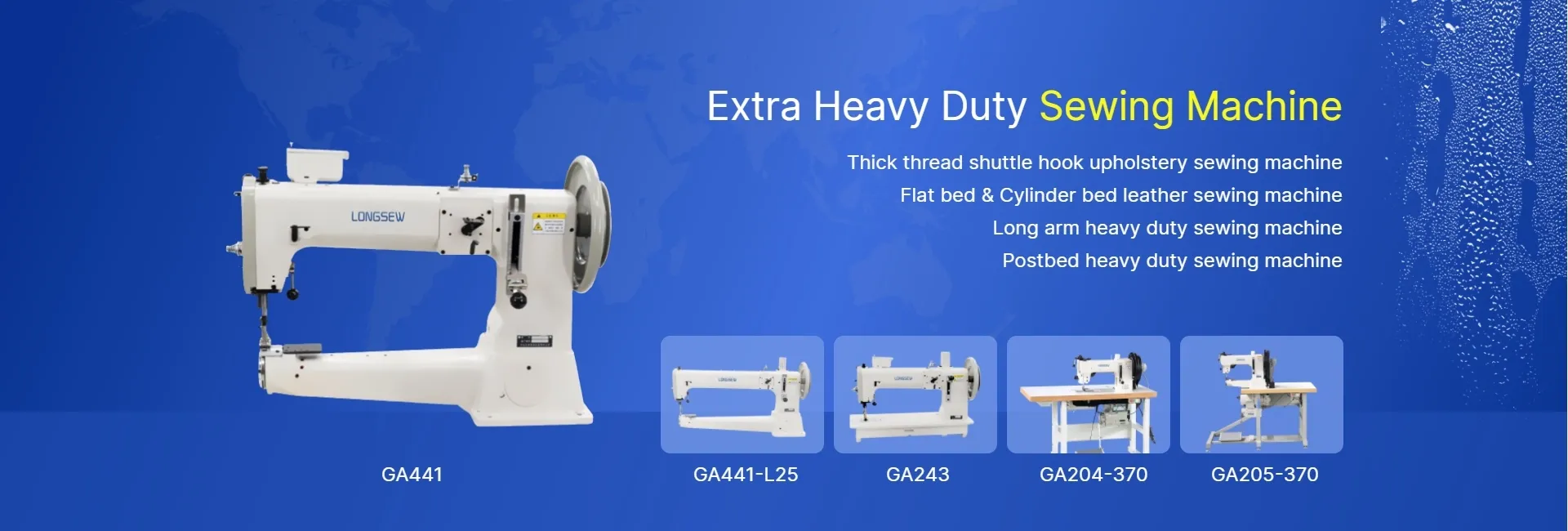which machine is used for doing chain stitch
The Machine Used for Chain Stitching Overview and Applications
Chain stitching is a versatile sewing technique that is widely used in various industries, including garment manufacturing, upholstery, and more. The specific machine designed for creating chain stitches is known as the chain stitch sewing machine. This machine stands out from other types of sewing machines because of its unique mechanism and the variety of stitches it can produce. Understanding how chain stitch machines operate and their applications can provide valuable insights into their significance in the textile industry.
Mechanism of Chain Stitch Machines
Chain stitch sewing machines utilize a looped stitching method that creates a continuous chain of interlocking threads. Unlike lockstitch machines, which use two threads (a needle thread and a bobbin thread), chain stitch machines typically operate with a single needle and a looper. The looper grabs the needle thread as it forms a stitch, creating a loop that interlocks with the next stitch, resulting in a strong and flexible seam.
One of the main types of chain stitch machines is the single-needle chain stitch machine, which is widely used for construction sewing in the apparel business. These machines are versatile and can handle various fabrics, including lightweight and heavyweight materials. Another common type is the multi-thread chain stitch machine, which uses multiple threads to produce a more intricate and decorative pattern, commonly seen in embroidery.
Applications of Chain Stitching
which machine is used for doing chain stitch

Chain stitching has various applications across different industries. In the fashion and garment industry, it is frequently used for attaching pockets, hems, and decorative elements due to its flexibility and durability. The advantages of chain stitches include an ability to stretch with the fabric, which makes it ideal for knit garments and active wear that require a degree of elasticity.
In addition to apparel, chain stitching is commonly utilized in the production of home textiles, such as curtains, bed linens, and upholstery. The strong seams produced by chain stitch machines are especially important in items that are subject to frequent washing and wear. Furthermore, the decorative capabilities of chain stitching can add an aesthetic appeal to home textiles, enabling manufacturers to create stylish finishes that enhance the overall design.
Chain stitch machines are also prevalent in the automotive and industrial sectors. They are used for sewing heavy-duty materials like canvas, leather, and upholstery fabric, commonly seen in car seats and other interiors. Their ability to produce robust and durable seams makes them well-suited for applications that demand high performance and longevity.
Conclusion
The chain stitch machine plays a pivotal role in modern sewing and textile production. Its unique mechanism and versatility enable manufacturers to produce high-quality products with strong and flexible seams. As the demands of the textile industry continue to evolve, the chain stitch machine remains an essential tool for garment makers, upholsterers, and various other professionals. Whether it is for functional seams in clothing or decorative patterns in home textiles, the chain stitch machine proves to be an invaluable asset in the world of sewing. Understanding its functions and applications can inspire innovation and creativity in fabric production, allowing the industry to keep pace with consumer demands and preferences.
-
Industrial Cylinder Arm Sewing Machine: Revolutionizing Heavy-Duty SewingNewsJul.28,2025
-
Cylinder Arm Sewing Machine: Perfect for Special Sewing ApplicationsNewsJul.28,2025
-
Cylinder Bed Sewing Machine: Essential for Sewing Complex MaterialsNewsJul.28,2025
-
Heavy Duty Sewing Machine: The Essential Tool for Industrial ApplicationsNewsJul.28,2025
-
Computerized Pattern Sewing Machine: Revolutionizing Precision StitchingNewsJul.28,2025
-
Heavy Duty Industrial Sewing Machine: Power Meets PrecisionNewsJul.28,2025
-
Leather Sewing Machine: The Industrial Standard for Tough MaterialsNewsJul.18,2025





























